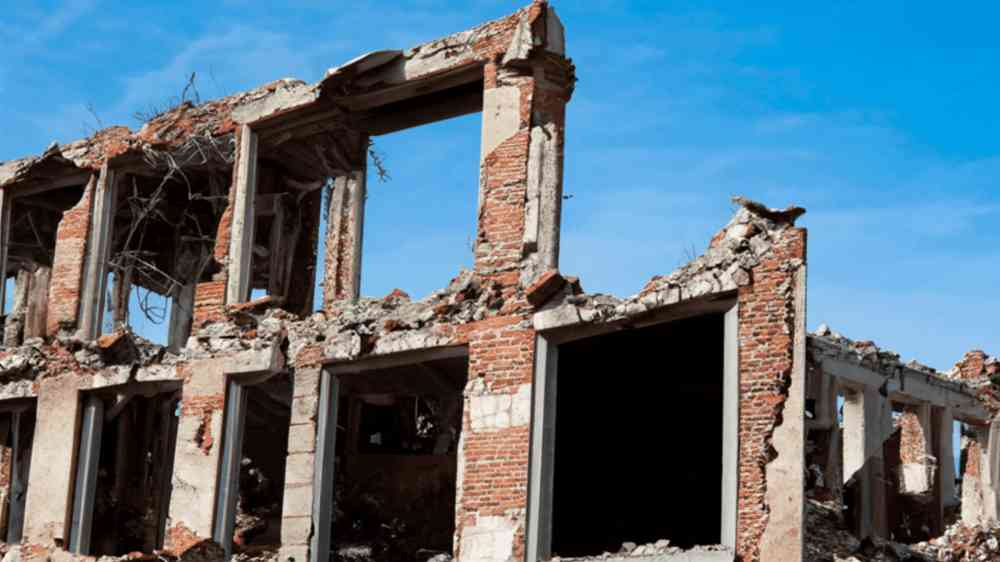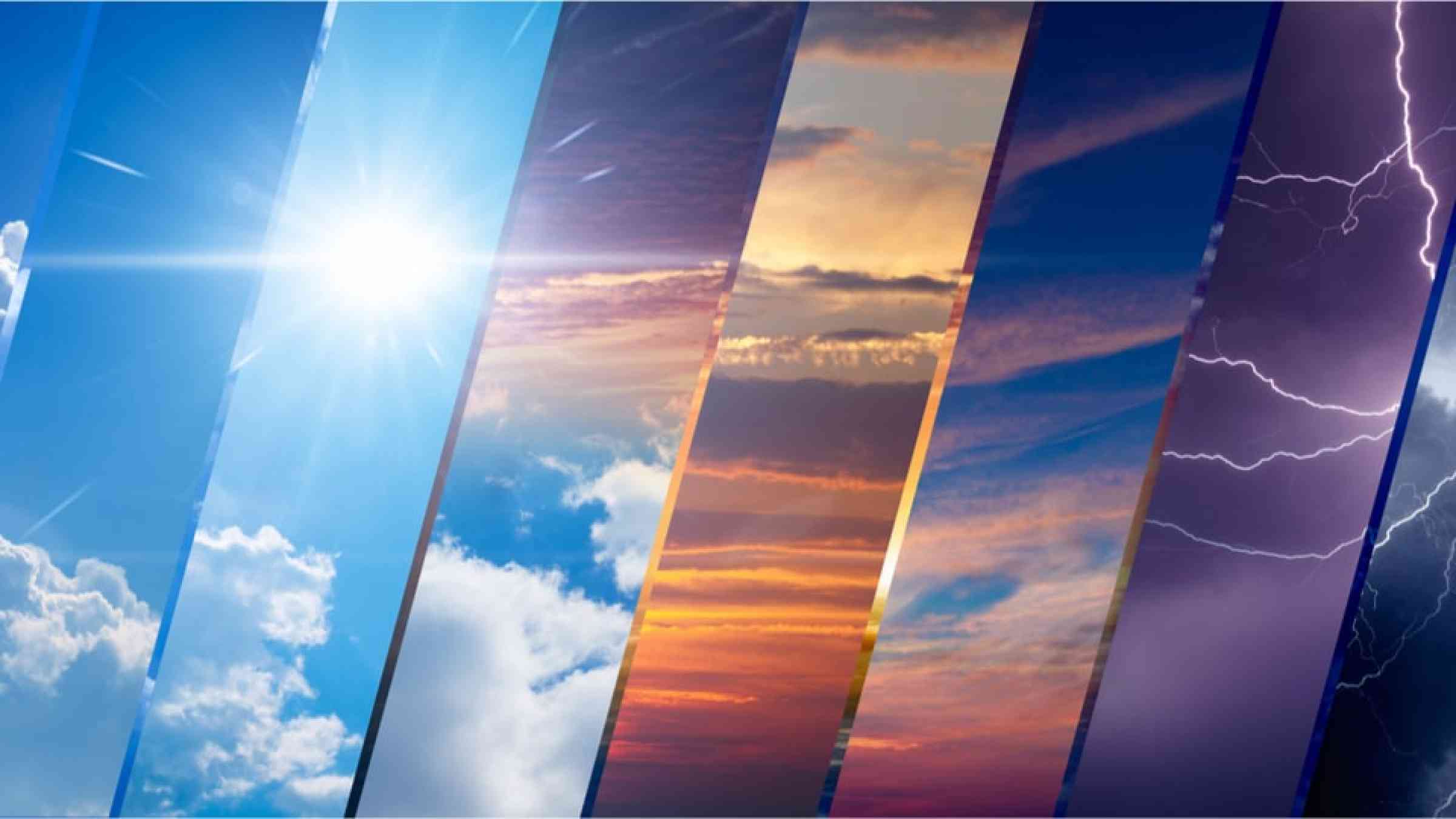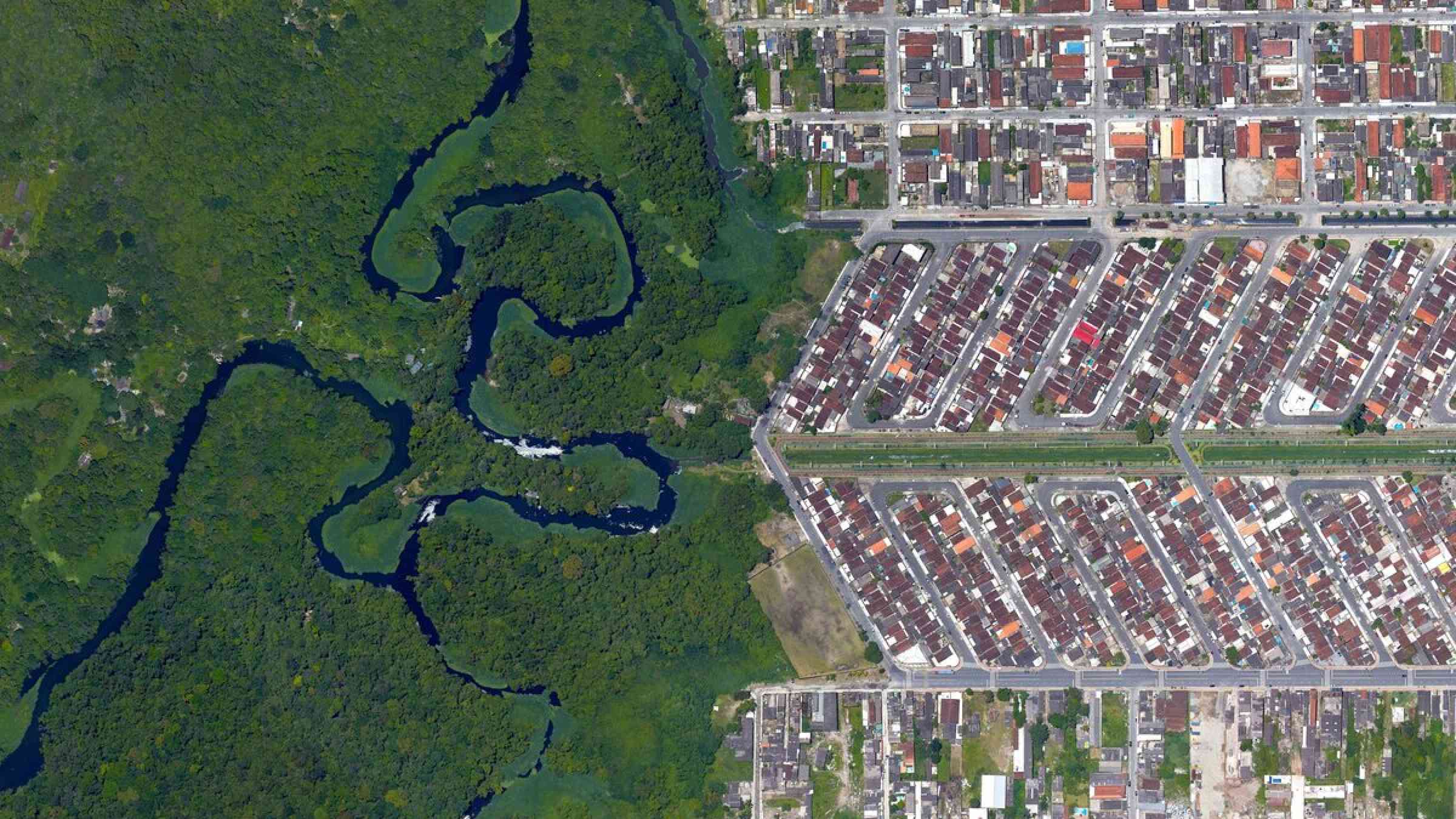Stop writing about Natural Disasters
Natural disasters do not exist
A hazard can only become a disaster once it impacts on society or community. A hazard is natural, disasters are not.
Words matter. Describing disasters as natural suggests there is nothing humans can do to reduce disaster risk and mitigate their impact. Yet what turns a natural hazard into a disaster is often the consequence of human decisions that increase our vulnerability and exposure to risk.
While many hazards cannot be prevented, disasters can be. Earthquakes, droughts, floods, storms, landslides and volcanic eruptions are natural hazards; they lead to deaths and damages – i.e. disasters – because of what humans for or fail to do rather than an act of nature (UNISDR, 2010; Wisner et al. 2011).
Many disasters actually result from the combination of natural hazards and social and human vulnerability, including development activities that are ignorant of local hazardous conditions. The following two examples of disasters help elucidate this point.

"Over the last twenty years thinking about how to reduce disaster losses has greatly expanded beyond a simple focus on disaster management to consideration of all the other elements that contribute to increasing the risk of loss of life, injury, damage to critical infrastructure and economic losses when disaster strikes."
Mami Mizutori
A tale of two earthquakes
The Haiti earthquake in 2010 was particularly devastating due to the extensive damages caused to the built environment, which largely resulted from a low quality building stock and lack of enforced building standards. Structures were often informally constructed in an ad-hoc manner and some buildings were built on slopes with insufficient foundations or steel supports.
In contrast, the Chilean (Maule) earthquake that occurred one month after the Haiti earthquake was a higher magnitude (8.8.Mw) event but it killed far fewer people (525 deaths in Chile compared to approximately 160,000-200,000 deaths in Haiti). This significant difference is commonly attributed to more sophisticated building codes in Chile that incorporate seismic design and the historic enforcement of those codes. A hazard becomes a disaster because its impact threatens the lives and livelihoods of people.
A disaster does not happen unless people and cities are vulnerable due to marginalisation, discrimination, and inequitable access to resources, knowledge and support. These vulnerabilities are further – intentionally or unintentionally – enhanced by deforestation, rapid urbanisation, environmental degradation, and climate change.
"Τhe key lesson is that disasters are social constructs. People are vulnerable to the impacts of climate change and natural hazards due not just to their geographical context, but their financial, their social status, their cultural status, their gender status, their access to services, their level of poverty, their access to decision making, and their access to justice. Good development is good adaptation and it's good risk reduction."
Margaret Arnold
To summarise:
- Describing a disaster as ‘natural’ suggests that, no matter the decisions taken by humans, the event would have occurred anyway and there was little we as humans could have done to prevent it, due to its natural origins.
- The attribution of blame for disaster losses to nature, or to an ‘act of God’, absolves powerful decision-makers of responsibility for allowing or forcing people to live in vulnerable conditions.
- This use of language strips disaster stories of their social, political, environmental and economic context – one where injustice is pervasive.
- Additionally, there is no evidence currently suggesting that a reader’s understanding or interest in a story is undermined by simply using the term ‘disaster’, without the adjective of ‘natural’.
Journalists and other media professionals can play an important role in helping educate people and political leaders about the real nature of disasters and their causes so that policy decisions are taken that can mitigate future risk.

Telling the other side of the disaster story
Disaster risk reduction stories are deeper, richer, more analytical or investigative. They examine causes, issues and implications of the disaster. With a bit of thought, they are easy to find. Explore key questions and story angles to cover disaster risk and resilience before, during and after disasters.
Changing the discourse of disaster reporting
This is a briefing document designed for members of the press, reporters and authors to spread the message that there are no natural disasters. This fact sheet was developed to explain why it's time to stop using the label 'natural disaster' and instead focus on the human-induced decisions that turn a hazard into a disaster.
#NoNaturalDisasters in the workplace: toolkit
These resources intend to assist those working within disaster risk reduction, emergency management and humanitarian organisations who wish to inform and correct terminology used in their workplace. This toolkit provides information and guidance to begin discussing and educating colleagues and peers on why disasters are not natural.
More resources


